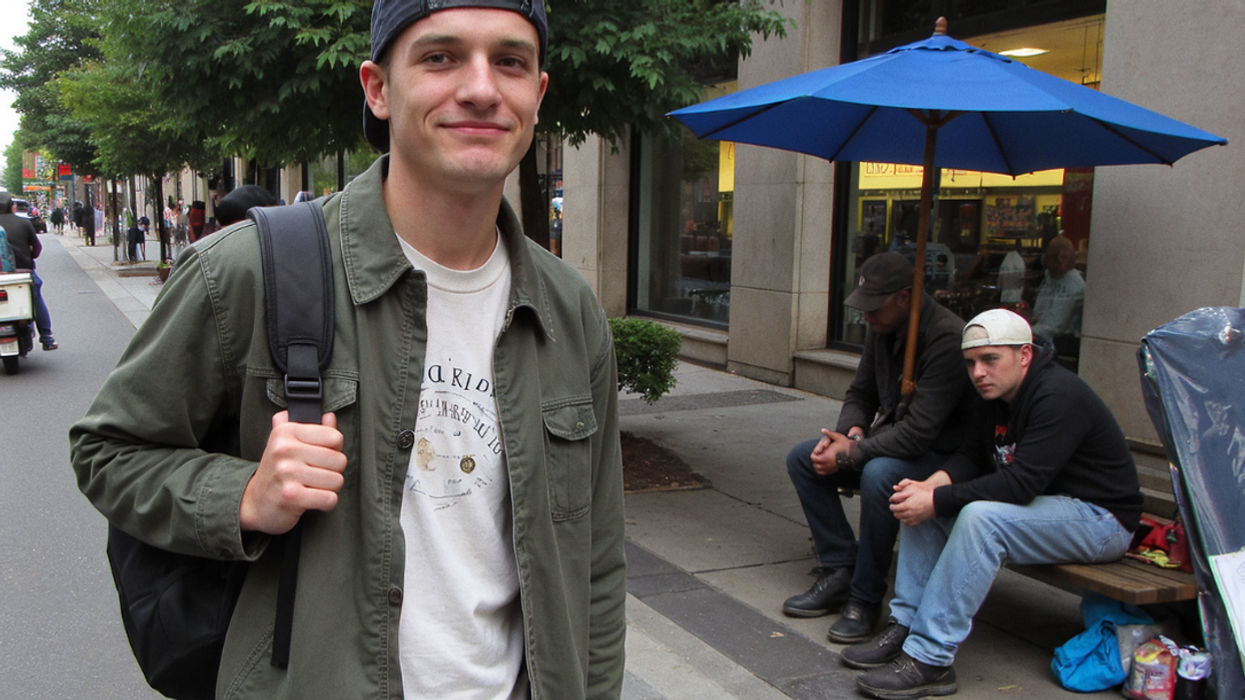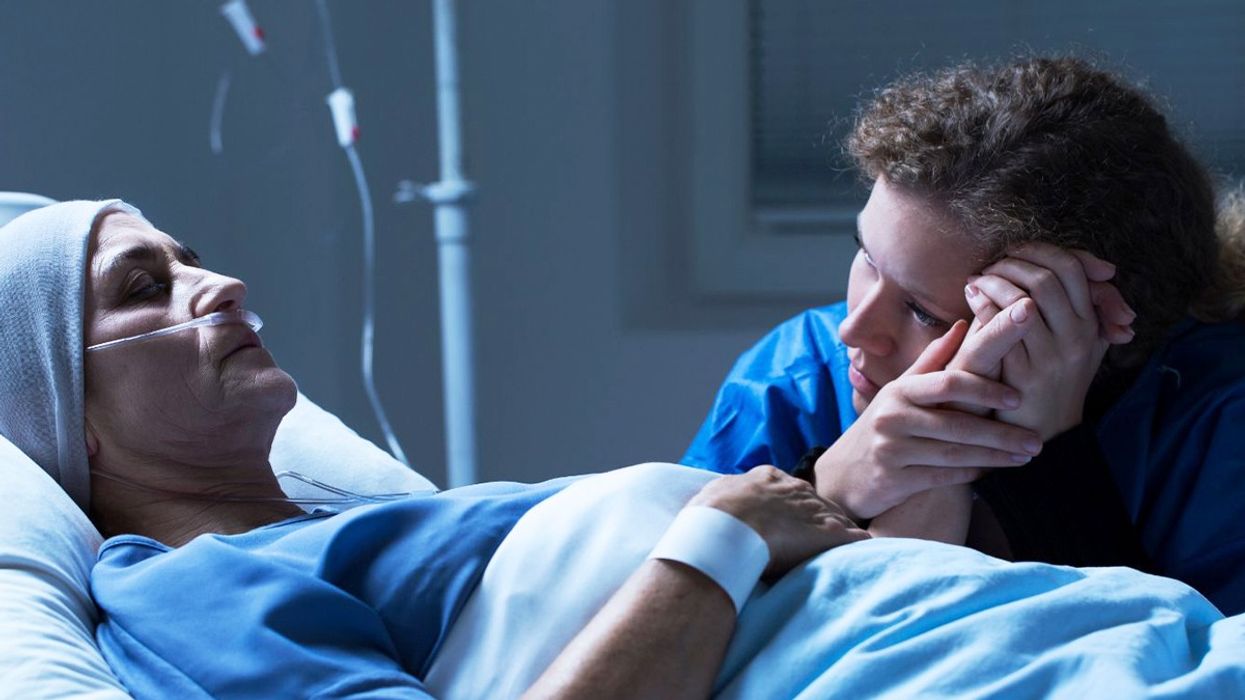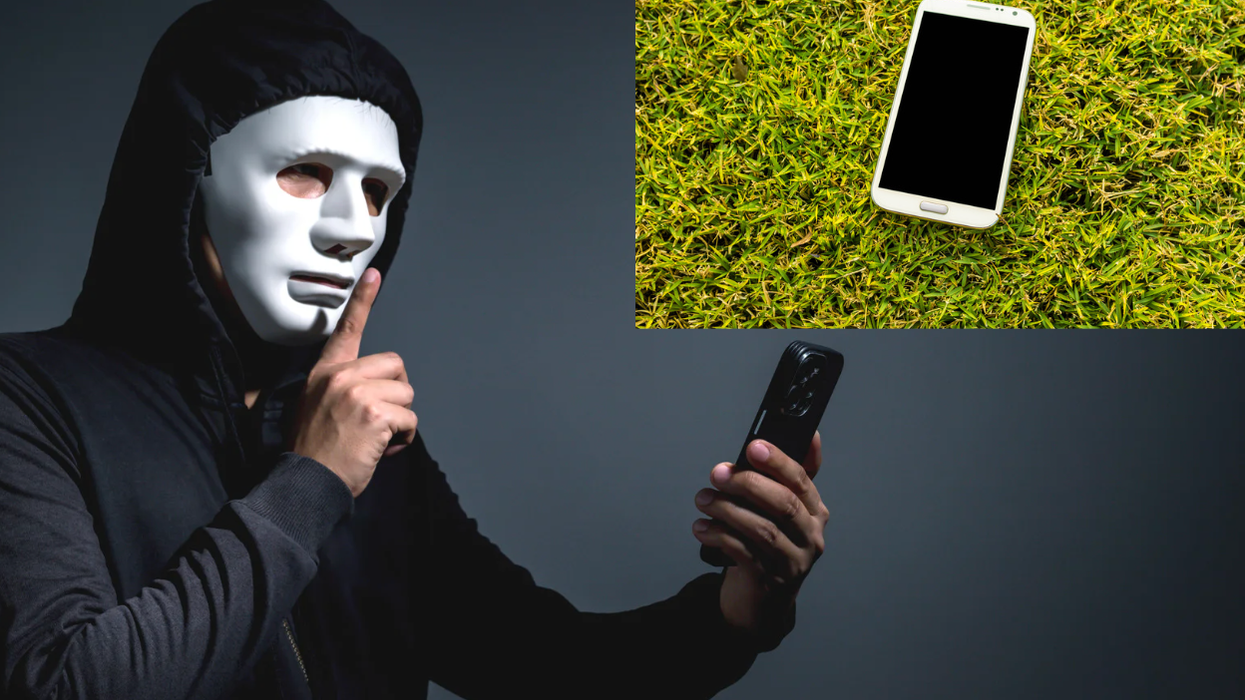As the scourge of ponds and swimming holes everywhere, algae frequently get a bad rep. These little green pests, however, play a very vital role in our ecosystem—and potentially the future of renewable energy. Photosynthetic algae are able to “eat” excess CO2 in the atmosphere and produce energy, which has led scientists to question whether they might be a potential (and plentiful) source of biofuel. Recently two Carnegie Mellon graduates, Jacob Douenias and Ethan Frier, created an exhibit called Living Things, which showcases how “algae energy” could someday provide a greener way to power homes. The exhibit, taking place through spring 2016 at Pittsburgh’s Mattress Factory Museum of Contemporary Art, is one part furniture design showcase, one part futuristic lab experiment. As part of the project, algae is sent through more than half-a-mile of intricate piping to feed into glass vessels, shaped like lamps and other home ephemera, filled with alkaline water.
These “high functioning photo bioreactors” are then able to generate heat and light as part of a self-sustaining system that also filters the air, and provides nutrient and waste control to the algae, allowing them to thrive and multiply. Like an Ikea showroom gone rogue, the exhibit contains a dining room, living room, and “concealed control center”—all powered by algae.
Prior to his work with Living Things, Douenias worked on a startup that hoped to implement food waste energy and nutrient recovery systems. This helped fuel his curiosity in algae, particularly spirulina, which will be served at various exhibition events throughout the run.
Living Things is currently on view at the Mattress Factory Museum of Contemporary Art in Pittsburgh, Pennsylvania through March 27, 2016.














